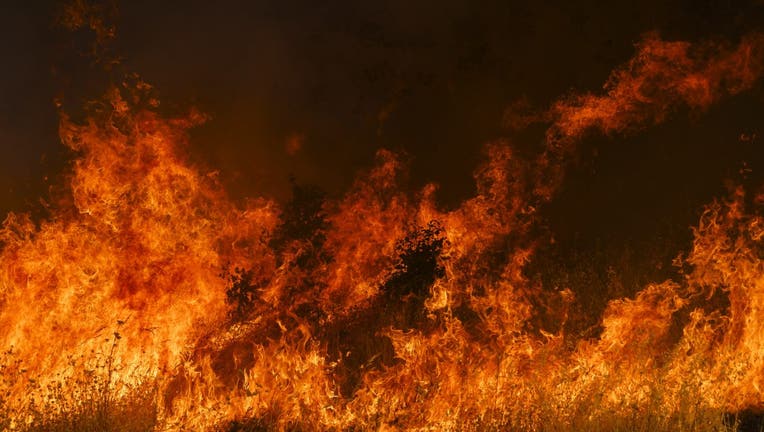University of Minnesota study shows prescribed burns revive prairie lands

A prairie burn in progress. (Michaela Vatcheva/Bloomberg via Getty Images) (Getty Images)
MINNEAPOLIS (FOX 9) - Fire is always thought as destructive, but that’s not the case for many plants that need fire to survive and flower. Fires are an important tool for managing prairies and conserving native plants.
New research in the Proceedings of the National Academy of Sciences looks at how fires affect pollination in isolated parts of prairie which are important for plants and pollinators.
Scientists from the University of Minnesota and the Negaunee Institute for Plant Conservation Science and Action at the Chicago Botanic Garden looked at how fires stimulate flowering and pollination. They also investigated how much the influence of fire depends on the population size.
During the six-year study, researchers followed a common prairie plant, the narrow-leaved purple coneflower. They tracked these plants across 35 populations in western Minnesota, ranging in size from three to nearly 4,000 adult plants.
After 22 experimental burns, researchers measured flowering effort and outcomes to learn how fire influences different stages of plant reproduction in large and small populations.
Researchers found that:
- The benefits of fire on plant reproduction depends on the size of the plant population.
- Summer flowering increases after spring fires regardless of the size of prairie. In contrast, pollination and see yield increased the most in small populations.
- Larger population got a substantial boost in seed production after fires, but the smallest population gained no benefit.
"Land managers decide which prairies to burn and how frequently to burn them. Our findings help guide those decisions. In particular, we learned that prescribed burns really help smaller populations," said Amy Waananen, postdoctoral research scientist at the U of M and co-author of the study. "It is important to act soon to preserve species. If a population becomes too small, fire probably will not be able to bring it back."

